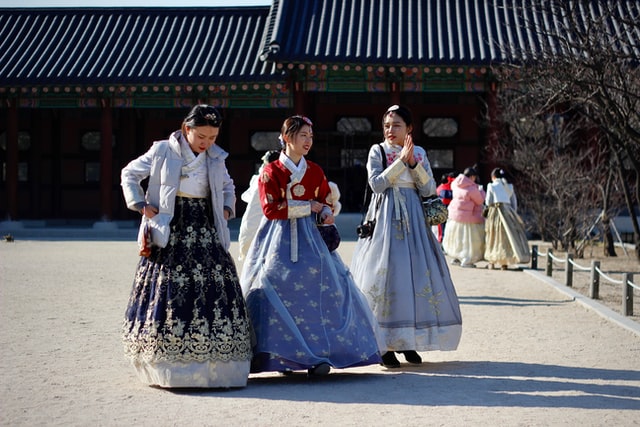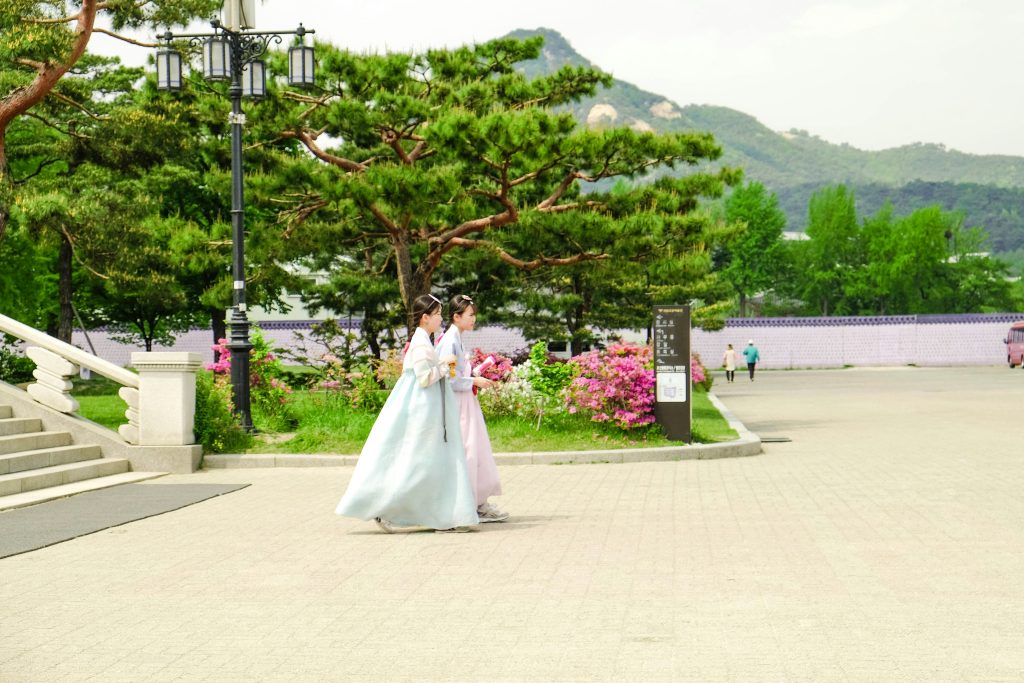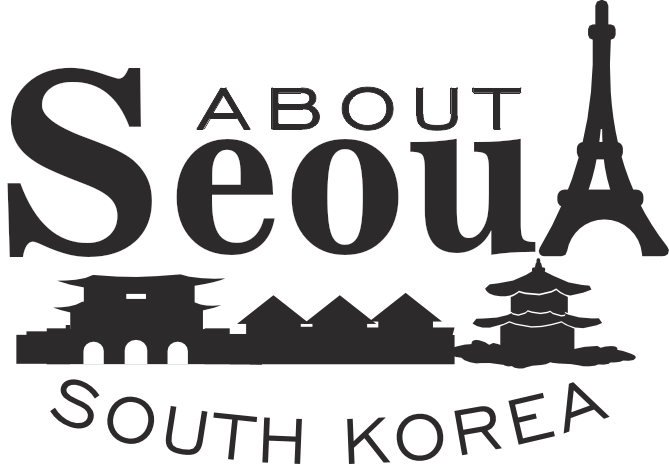Wearing traditional Korean clothing hanbok, is a popular activity for tourists in Seoul. Many rental shops around historical sites like Gyeongbokgung Palace and Bukchon Hanok Village offer hanbok rentals. These beautiful, colorful garments are available in various styles and sizes, allowing visitors to experience Korean culture authentically. Strolling through the ancient palaces and streets while dressed in hanbok adds a unique and memorable touch to your sightseeing experience.

Hanbok History
The hanbok, Korea’s traditional attire, has a rich history spanning over 2,000 years. Originating during the Three Kingdoms Period (57 BCE – 668 CE), the hanbok’s basic structure of a jeogori (top) and baji (trousers) for men, and a jeogori and chima (skirt) for women, was established early on. Influences from nomadic cultures and neighboring Chinese dynasties shaped its design.
During the Joseon Dynasty (1392-1910), the hanbok evolved significantly, with vibrant colors and elegant lines symbolizing social status and cultural elements. Despite the introduction of Western clothing in the 20th century, the hanbok remains a symbol of Korean identity, worn during special occasions and cultural events.
Today, modern hanbok incorporates contemporary design elements while preserving traditional aesthetics, reflecting Korea’s cultural and historical evolution.

